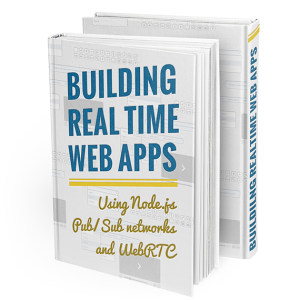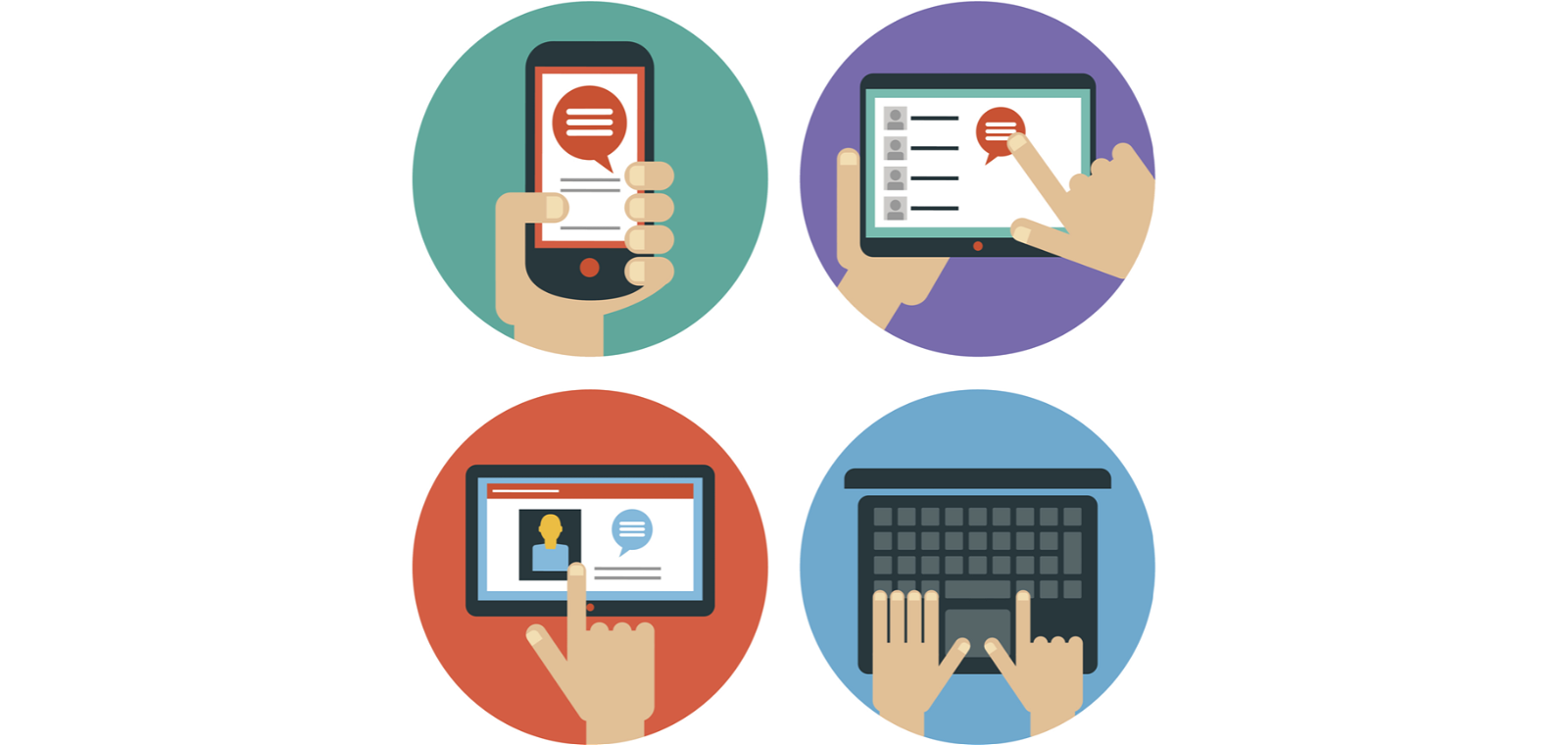A Beginner’s Guide to WebRTC
Web and app developers constantly work to learn about the latest developments so that they can make products that are relevant in the current landscape. Because of this, they look at new ways of doing things in a different way than most people. Instead of simply seeing if something is cool or useful, they also ask themselves if it seems to have any staying power, which platforms it works on, and whether or not it’s worth a look under the hood.
One advance that is currently passing all of the tests is WebRTC. This is a relatively new multi-platform protocol for Internet-based audiovisual communication. Unlike the other current options, it can be made secure without expensive videoconferencing equipment. It can also be used by most modern browsers without the need for plugins. These attributes make it useful, cool, and easy to use – all hallmarks of a technology that will become a huge thing. Because of this, developers are now asking exactly how it works.
As with any other type of coding or technology, it takes more than reading an article or two to truly learn WebRTC. That said, articles like this one can provide a basic understanding. Here are some of the key points about the protocol mentioned in WebRTC articles:
WebRTC Combines Several HTML5 Protocols and Technologies
This new standard results from a mix of several concepts, and this is one of the reasons it’s relatively easy to make it work with existing systems. Here are some of the key steps in layman’s terms:
- The real IP addresses of the computers that are involved must be discovered through a process called Signaling, which is what allows a Peer-to-Peer (P2P) connection to be established. Signaling can be complicated due to firewalls, routers, and other intervening technology, and so special types of servers referred to as STUN and TURN servers are used to establish that P2P connection.
- An RTCPeerConnection is established between the two browsers or devices that are attempting to communicate. This peer connection is how the video, audio, and data of WebRTC are transferred directly from one browser to the other and encrypted along the way.
- GetUserMedia is an HTML5 API that controls access to the camera and microphone in a browser. Users have to give your code permission to use their video and audio, but once they have clicked on “Allow” in that popup, you are all set.
While implementations vary, the web side typically uses JavaScript APIs. These can run on Chrome, Firefox, and Opera without issues. While developers will be excited about how WebRTC works with existing technology, users will likely appreciate the communication value that WebRTC brings the most. More than one WebRTC blog is already expounding on how its versatility makes it superior to older methods.

Free email course on WebRTC (http://realtimeweekly.co/webrtc-basics/)
Our WebRTC ebook
An indepth technical course on building WebRTC applications from O’Reilly Media, written by our team. (http://shop.oreilly.com/product/0636920040279.do)
Developers who want to learn more about this new standard can find more information in our WebRTC ebook, but non-technical entrepreneurs who want to add this functionality to their sites are better off hiring someone who already knows how to code for it. This will allow for speedy implementation since the professional can hit the ground running. Contact us today! We will be happy to discuss your product ideas with you to see if WebRTC is a good fit!











